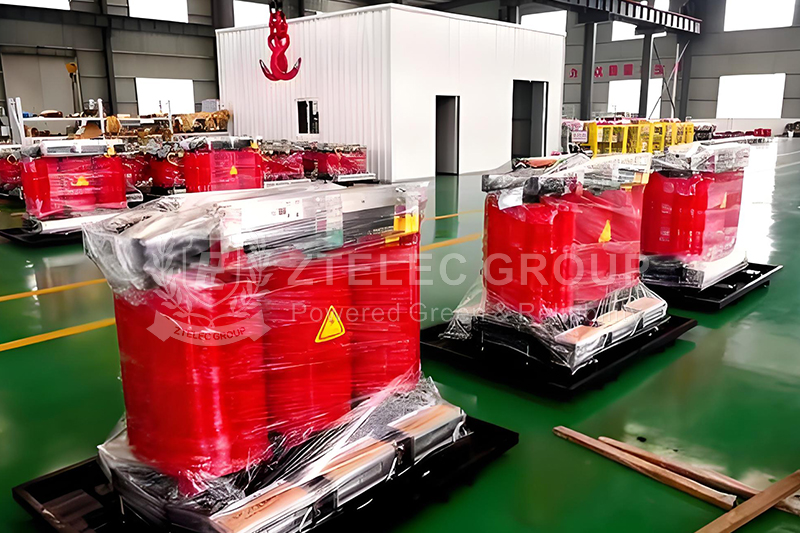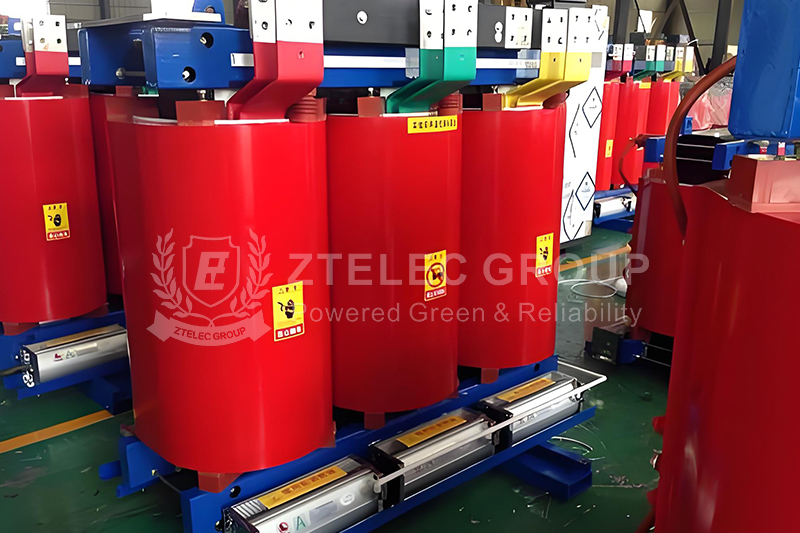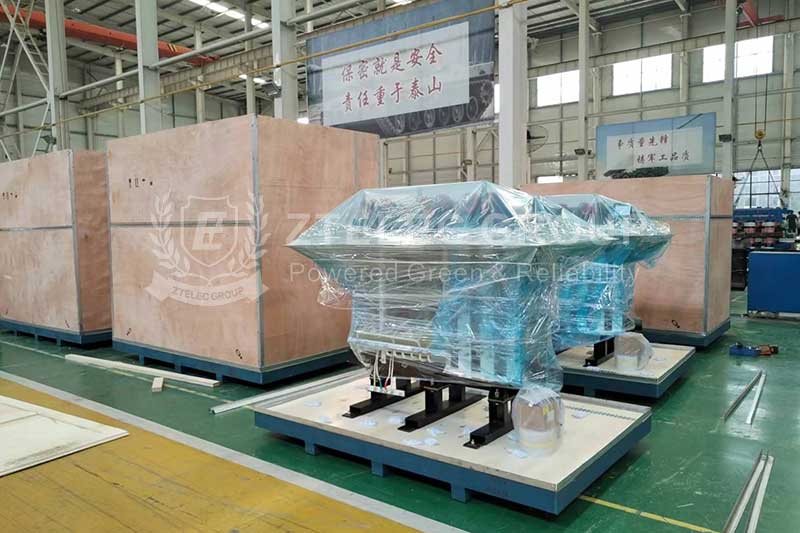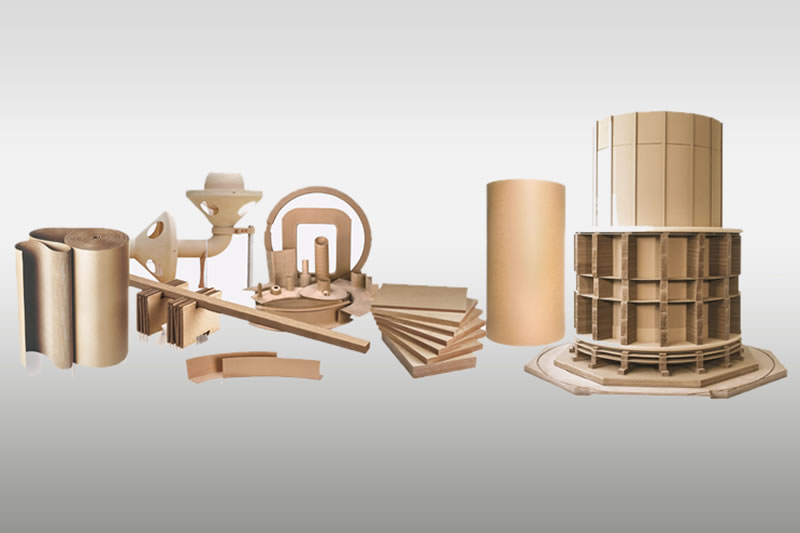Causes and Solutions of Dry-Type Transformer Explosions
Dry-type transformers play a vital role in modern power systems, especially in urban grids, high-rise buildings, and data centers. Their oil-free design, fire resistance, and minimal maintenance requirements make them ideal for indoor applications. However, transformer explosions, though rare, can lead to power outages, property damage, and even personnel injuries. Understanding the common causes and implementing effective preventive measures is essential for ensuring operational safety.

Common Causes of Dry-Type Transformer Explosions
Overload Operation
Dry-type transformers have a limited rated capacity. When loads exceed this limit, internal copper and iron losses increase, leading to overheating. Prolonged temperature rise can degrade insulation materials, potentially causing winding short circuits and transformer explosions.
Short Circuit Faults
Inter-turn, interphase, or ground faults result in current surges far beyond rated levels. The excessive heat and strong electromagnetic forces may deform windings and escalate the fault, ultimately leading to a catastrophic failure.
Equipment Aging
As transformers age, insulation materials such as epoxy resin begin to crack, and mechanical integrity declines. These changes decrease insulation resistance and increase partial discharge levels, significantly raising the explosion risk, particularly for units operating over 15 years.
Improper Operation
Human errors—such as incorrect switching, faulty protection settings, or missed inspections—can introduce safety risks. Failure to act on warning signs or to maintain protective systems may lead to equipment damage and explosions.

Effective Solutions and Preventive Measures
Insulation Monitoring
Regularly measure insulation resistance using a megohmmeter. If readings fall below 50% of standard values, further inspection is necessary. Use dielectric loss angle testers and perform withstand voltage tests every three years for units older than a decade. Replace equipment when partial discharge exceeds acceptable levels.
Temperature Control and Heat Dissipation
Embed PT100 sensors in winding hotspots for real-time monitoring. Trigger alarms at 125℃ and shut down at 145℃ for H-class insulation. Use variable-speed fans or water cooling systems in high-temperature environments to enhance heat dissipation.
Overload and Short-Circuit Protection
Implement three-stage overcurrent protection (instantaneous, short delay, and long delay) to isolate faults within 0.1 seconds. Monitor load in real-time and issue alerts if it exceeds 80% of rated capacity for two hours. Use harmonic filters to mitigate nonlinear load impacts.
Lightning and Overvoltage Protection
Install zinc oxide surge arresters on both high and low-voltage sides. Use surge protection devices (SPDs) before sensitive equipment and soft-start switches to minimize inrush current peaks during energization.
Environmental Control
Maintain ambient humidity between 40% and 65% using sensors and dehumidifiers. Seal cable trench entrances and gaps, and regularly clean dust if concentration exceeds 50mg/m³.
Routine Maintenance and Inspection
Conduct quarterly thermal scans using infrared imagers, focusing on hotspots with over 15℃ difference. Tighten terminals semi-annually and verify torque levels. Use ultrasonic detectors to assess internal partial discharges under live conditions.
Proper Selection and Installation
Select transformers with H or C-class insulation rated for temperatures above 180℃. Ensure a minimum clearance of 1.5 meters for heat dissipation and avoid proximity to heat sources during installation.
By identifying potential failure points and implementing targeted preventive measures, the risk of dry-type transformer explosions can be minimized. Operation and maintenance personnel should continuously improve their technical capabilities and leverage advanced monitoring technologies to safeguard the stability of the power system.
- more+releated article
- 2025-12-13How to Select and Use Phenolic Cloth-base Lami
- 2025-12-13How Much Does Bakelite Sheet Cost? 2025 Price
- 2025-12-13Why are most 3240 epoxy boards yellow?
- 2025-12-13What are the Main Applications of FR4 Epoxy Bo
- 2025-12-13Why Does the Price of Insulating Paperboard Va
- 2025-12-13Heat-Resistant DDP Insulation Paper
- 2025-12-13Comparison of Heat-Resistant DDP Insulating Pa
- 2025-12-13G10 and FR4 Epoxy Boards: Commonly Used for Ge
- 2025-12-13The Price of Heat-Resistant DDP Insulation Pap
- 2025-12-13How to Choose Epoxy Laminate Materials for Gen





